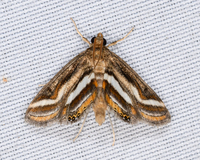
| Recorded by: Mark Shields, Ed Corey on 2025-09-20
Onslow Co.
Comment: | 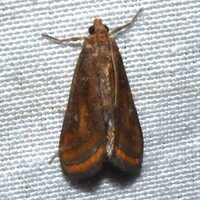
| Recorded by: Jeff Niznik, Larry Chen, Sarah Toner, Kaitlyn Elliott on 2025-08-16
Richmond Co.
Comment: |

| Recorded by: Mark Basinger on 2025-07-25
Brunswick Co.
Comment: | 
| Recorded by: Mark Basinger on 2025-07-25
Brunswick Co.
Comment: |

| Recorded by: David George, Jeff Niznik, Rob Van Epps, Kevin Metcalf on 2025-07-20
Richmond Co.
Comment: | 
| Recorded by: Jim Petranka, Mark Basinger and Becky Elkin on 2025-06-29
Richmond Co.
Comment: |

| Recorded by: Jeff Niznik, David George, Larry Chen, Sarah Toner, Joye Zhou on 2025-06-20
Richmond Co.
Comment: | 
| Recorded by: Mark Basinger on 2025-06-02
Brunswick Co.
Comment: |
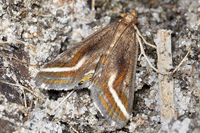
| Recorded by: Mark Shields on 2023-04-21
Carteret Co.
Comment: | 
| Recorded by: Vin Stanton on 2022-04-20
Carteret Co.
Comment: |
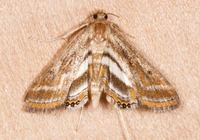
| Recorded by: Jim Petranka and Bo Sullivan on 2021-08-10
Richmond Co.
Comment: | 
| Recorded by: Mark Shields on 2021-04-12
Carteret Co.
Comment: |
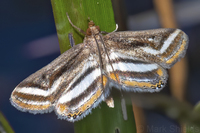
| Recorded by: Mark Shields on 2020-04-28
Carteret Co.
Comment: | 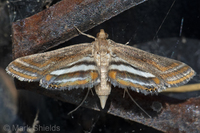
| Recorded by: Mark Shields on 2019-10-11
Brunswick Co.
Comment: |
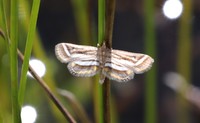
| Recorded by: Rob Van Epps on 2018-09-11
Scotland Co.
Comment: | 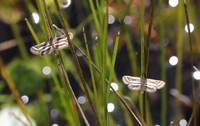
| Recorded by: Rob Van Epps on 2018-09-11
Scotland Co.
Comment: |
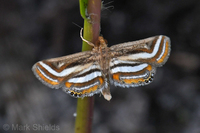
| Recorded by: Mark Shields on 2018-08-24
Carteret Co.
Comment: | 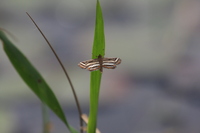
| Recorded by: Robert Gilson on 2017-09-16
Richmond Co.
Comment: |

| Recorded by: Robert Gilson on 2017-09-16
Richmond Co.
Comment: | 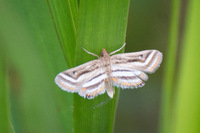
| Recorded by: Roger Shaw on 2017-06-03
Richmond Co.
Comment: |
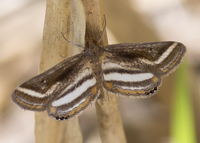
| Recorded by: John Petranka on 2016-04-23
Richmond Co.
Comment: | 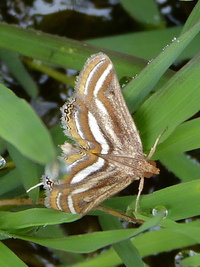
| Recorded by: Nathan Howell on 2014-06-24
Columbus Co.
Comment: |
|

 »
»




 »
»


